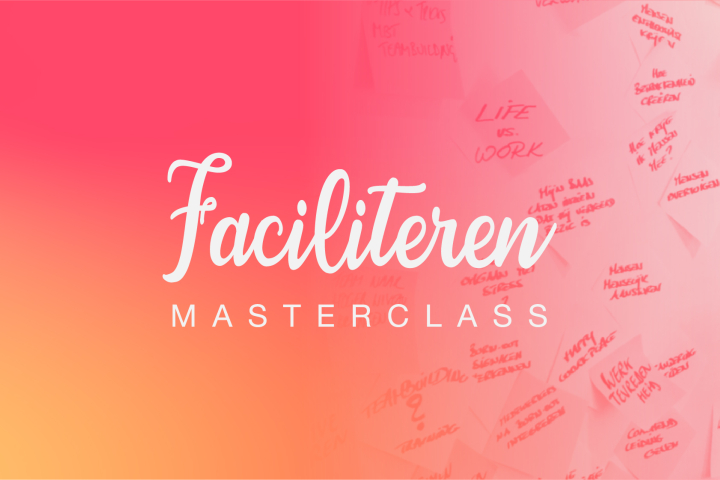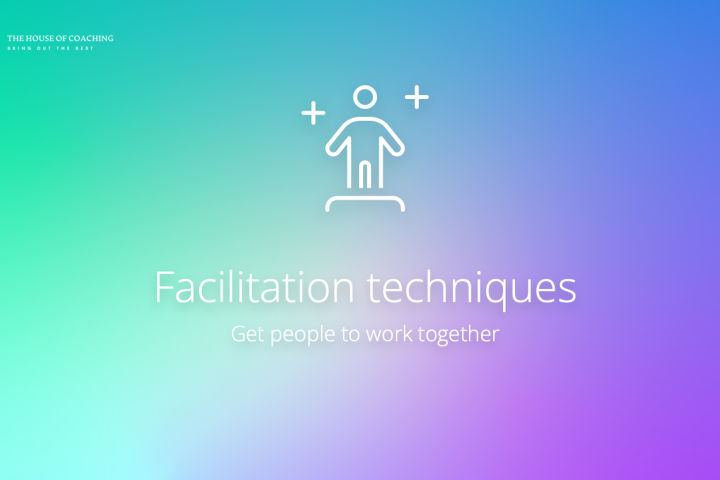
Developed by Todd Epstein and Robert Dilts, the S.C.O.R.E. model offers a structured approach to moving from a problem situation to a desired situation. As a result, it has become a popular conversation model for therapists, coaches and facilitators. The simplicity of the model makes it a useful tool to structure any conversation and focus on the desired outcome. Thus, the model is also particularly effective in sales, negotiation, networking, problem solving and strategy development.
S.C.O.R.E. is an English acronym and stands for:
- Symptoms/Situation: directly identifiable aspect(s) of a problem situation;
- Causes: underlying aspects that cause the problem to persist;
- Outcome: desired outcome, whereby the problem ceases to exist;
- Resources: resources, capabilities and options to solve the problem;
- Impact: long-term outcome.
When people face problems, they are often mentally and emotionally stuck on symptoms and causes. In psychology, this is called the negative emotional attractor. You can imagine it as a vortex that swallows up all attention and energy. The more attention you give to this vortex, the more powerful it becomes. By directing attention to options (resources), desired outcome and effect, you create a powerful positive emotional attractor.
So with the SCORE model, you have a powerful tool to help people focus on what they want to achieve rather than what they want to avoid. This aligns closely with the principles of positive psychology, which focuses on increasing people's well-being, resilience and personal growth. By focusing on the desired outcome and the means necessary to achieve it, you help people shift from the negative to the positive emotional attractor and can increase their creativity, flexibility and resilience and bring about positive change.
You start from the problem situation where you analyse the current situation (S) and look for the cause (C) of the problem situation. Once you have a clear picture of the problem situation, you evolve to the desired state by looking for the outcome (O) and long-term effect (E). As you think about the desired state you very quickly discover what resources (R) you need to achieve your outcome.
Each element of the S.C.O.R.E. comes with a simple question that allows you to evolve from the problem situation to a desired state:
- S: How is the current situation? How are things going right now?
- C: What is at the root of the problem situation? What caused the problem?
- O: What do you want to achieve?
- R: What resources, capabilities and options can you use, develop or create to achieve your goal?
- E: What is the effect on yourself and those around you when your outcome is achieved?
Note that the 'Resources' step is the pivotal point. Therefore, as a coach and/or facilitator, we want to keep it as open as possible. People often tend to focus on one solution, but if it doesn't work, they quickly get discouraged. By asking questions such as "and what else?", "what if...?" and "should...?" you encourage people to think of multiple options and increase their flexibility. This is supported by "The Law of Requisite Variety", which means that the person or group with the most flexibility and diversity of thought is most likely to achieve the desired outcome.
As a coach and/or facilitator, it is therefore important to help people diversify and keep their thinking and actions open, so that they have more options to choose from and achieve their goals.

